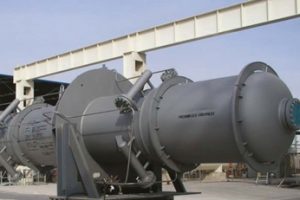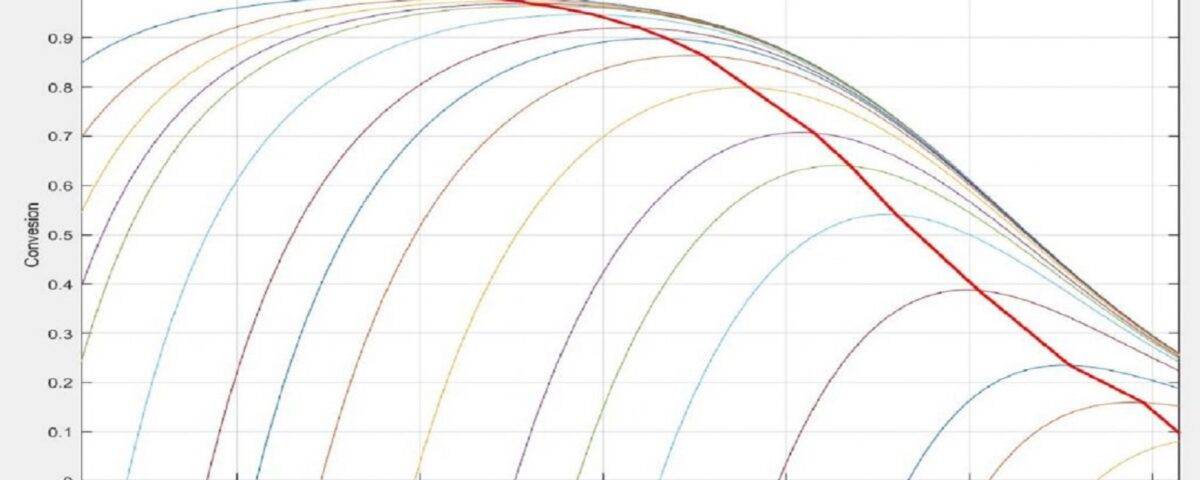Introduction
Tubular or plug flow reactors are a common type of chemical reactor used extensively in industries, particularly petrochemicals. These reactors are favored for their simple design, low construction costs, and high efficiency in many industrial processes.
Characteristics of Tubular Reactors
- Plug flow: In this type of reactor, the inlet fluid enters as a plug or layer and flows parallel to the tube axis without lateral mixing. This means that the composition and properties of the fluid are uniform across any cross-section of the tube but vary from one section to another.
- Radial mixing: Radial mixing is minimal in tubular reactors. This characteristic ensures a uniform concentration profile of reactants and products in the radial direction.
- Narrow residence time distribution: The residence time of each molecule in the reactor is nearly identical. This property results in higher reactant conversion in these reactors compared to mixed flow reactors.
Applications of Tubular Reactors
Tubular reactors are used in various industries, including petrochemicals, food, and pharmaceuticals. Some of their key applications include:
- Catalytic reactions: Many catalytic reactions are carried out in tubular reactors.
- Gas-phase reactions: Suitable for gas-phase reactions requiring a high contact area between the gas phase and catalyst.
- Polymerization reactions: Used to produce polymers with a narrow molecular weight distribution.
Comparison with Other Reactor Types
Tubular reactors have both advantages and disadvantages compared to continuously stirred tank reactors (CSTRs). In general, tubular reactors are better suited for reactions with high conversion, while CSTRs are more suitable for reactions requiring intense mixing.
Tubular reactors are commonly employed in large-scale chemical processes due to their simplicity and ease of maintenance, as they lack moving parts. These reactors typically offer the highest conversion rates per unit reactor volume compared to other continuous flow reactors. However, a significant limitation of tubular reactors lies in the difficulty of controlling the heat generated by highly exothermic reactions. Such reactions can lead to the formation of “hot spots” within the reactor, even with cooling systems in place. These hot spots can compromise product quality and potentially damage the equipment. The accompanying figure illustrates a tubular reactor equipped with a cooling system, yet still exhibiting hot spots in its central region due to the rapid reaction rate.

In this project, a MATLAB code has been developed to simulate the temperature profile within a plug flow reactor in order to achieve the maximum conversion rate.


